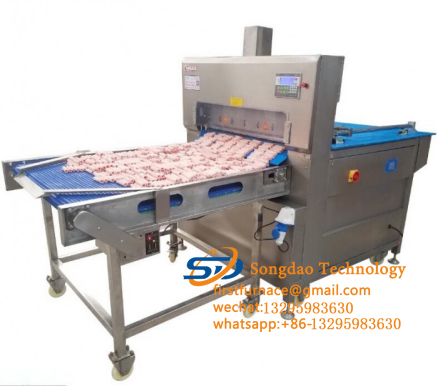- 14
- Apr
Efficient collaborative operation process of lamb slicer
Efficient collaborative operation process of nwa atụrụ slicer
Now whether it is a hot pot restaurant or eating it by yourself, everyone likes to use a lamb slicer for slicing, which is convenient, fast and evenly sliced. The structure of the machine is complex, how do the various parts perform efficient and cooperative operation and processing?
There are many types and scales of mutton slicers. Generally speaking, the small lamb slicing machines that we usually see are fat intestines, which can meet general needs. They are simple and practical, but not efficient. The meat slicers used in those large food processing companies are more of the large slicers with fast slicing speed. Here is an introduction to its components.
First of all, it mainly includes four main components. Some of the structures contained in these four components have tapered knives. Of course, this knives are used to cut the lamb, and the barrel used to hold the lamb is also one of the main components. The mutton slicer also includes a gear box and some gear transmission mechanisms. The joint cooperation of these different types of transmission devices can make the work of slicing lamb work coherently and efficiently.
Mgbe igwe slicing nke atụrụ na-amalite, usoro nnyefe nke yiri nche anwụ na-amalite ịmalite, mgbe ahụ, a na-ejikọta ya na ụgbọala nke ngwaọrụ ntuziaka. Mgbe a na-awụnye nwa atụrụ a chọrọ ka a na-edozi ya, efere nke dị n’ime ga-agbanye nwa atụrụ ahụ n’ime ngwaọrụ mma N’ebe ahụ, malite ịkpụ.

